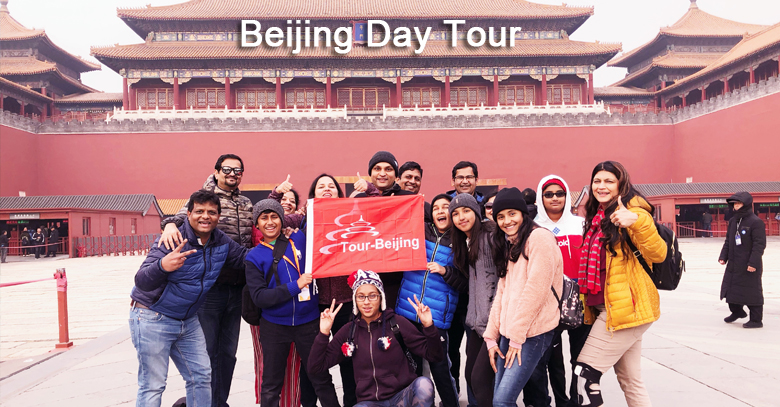翻译编辑:清波门
Chinese scientists use CRISPR tool on HIV patient for the first time
中国科学家首次对艾滋病患者使用基因编辑工具
By Julie Zaugg and Serenitie Wang, CNN
Updated 0658 GMT (1458 HKT) September 13, 2019
CNN新闻,朱莉·佐格和塞雷尼蒂·王报道
更新于2019年9月13日格林尼治时间0658(香港时间1458)

What is CRISPR Cas9 gene editing?
- 什么是CRISPR Cas9基因编辑?
Beijing (CNN)The 27-year-old patient's prospects were bleak. In May 2016, he found out he had AIDS. Two weeks later, he was told he had acute lymphoblastic leukemia.
But doctors offered the Chinese citizen a ray of hope: a bone marrow transplant to treat his cancer and an extra experimental treatmentto try to rid his system of HIV, according to a new paper published in The New England Journal of Medicine.
This involved using the gene editing tool CRISPR-Cas9 to delete a gene known as CCR5 from bone marrow stem cells taken from a donor, before transplanting them into the patient, Peking University scientists said in the study.
"After being edited, the cells -- and the blood cells they produce -- have the ability to resist HIV infection," lead scientist Deng Hongkui told CNN Friday.
People who carry defective copies of CCR5 are highly immune to HIV, because the virus uses a protein made by this gene to gain entry into an infected person's cells. Two men, known as the Berlin patient and the London patient, became the first people in the world to be cured of HIV after receiving bone marrow transplants from donors who had the mutation naturally.
北京(CNN)这名27岁的病人的前景一片黯淡。2016年5月,他发现自己患有艾滋病。两周后,他被告知患有急性淋巴细胞白血病。
但根据《新英格兰医学杂志》(new England Journal of Medicine)上发表的一篇新论文,医生们给这位中国公民带来了一线希望:通过骨髓移植来治疗他的癌症,并进行额外的实验性治疗,试图消除他体内的艾滋病病毒。
北京大学的科学家在研究中说,这包括使用基因编辑工具CRISPR-Cas9从捐赠者的骨髓干细胞中删除一种名为CCR5的基因,然后将其移植到患者体内。
“经过编辑后,这些细胞——以及它们产生的血细胞——有能力抵抗艾滋病毒感染,”首席科学家邓红奎(音)周五告诉CNN。
携带有缺陷CCR5拷贝的人对艾滋病毒具有很高的免疫力,因为这种病毒利用这种基因产生的蛋白质进入感染者的细胞。柏林患者和伦敦患者成为世界上第一个治愈艾滋病的人,他们接受了来自自然发生变异的捐赠者的骨髓移植。
The patient agreed and the experiment was carried out in the summer of 2017. It was the first time CRISPR-Cas9 was used on a HIV patient. In early 2019, a full 19 months after the treatment was administered, "the acute lymphoblastic leukemia was in complete remission and donor cells carrying the ablated CCR5 persisted," the scientists said in the paper.
But there weren't enough of them to eradicate the HIV virus in the patient's body. After transplantation, only approximately 5% to 8% of the patient's bone marrow cells carried the CCR5 edit, according to the researchers. "In the future, further improving the efficiency of gene-editing and optimizing the transplantation procedure should accelerate the transition to clinical applications," said Deng.
患者同意,实验于2017年夏天进行。这是CRISPR-Cas9首次用于HIV患者。2019年初,也就是接受治疗整整19个月后,“急性淋巴细胞白血病完全缓解,携带脱落的CCR5的供体细胞持续存在,”科学家在论文中说。
但是没有足够的药物来消灭病人体内的HIV病毒。研究人员说,移植后,只有大约5%到8%的患者骨髓细胞携带CCR5编辑因子。“在未来,进一步提高基因编辑的效率和优化移植程序应该会加速向临床应用的转变,”邓说。
But he doesn't see this as a setback."The main purpose of the study was to evaluate the safety and feasibility of genetically-edited stem cell transplantation for AIDS treatment," said Deng. According to Deng, this was a success: the scientists didn't detect any gene editing-related adverse events, even if "more long-term in-depth studies are needed for off-target effects and other safety assessments," Deng said.
The CCR5 gene mutation has been associated with a 21% increased risk of dying early, according to a paperpublished in Nature in June, though it's unclear why.
但他不认为这是一个挫折。“这项研究的主要目的是评估基因编辑干细胞移植治疗艾滋病的安全性和可行性,”邓说道。邓说,这是一个成功:科学家们没有发现任何与基因编辑相关的不良事件,即使“需要更长期深入的研究来进行脱靶效应和其他安全评估,”邓说。
《自然》(Nature)杂志6月份发表的一篇论文称,CCR5基因突变与早死风险增加21%有关,不过原因尚不清楚。
The team that conducted the study had previously transplanted edited CCR5 human cells into mice, making them resistant to HIV. American scientists have carried out similar experiments on humans, with some success, using an older gene editing tool called zinc finger nuclease.
进行这项研究的团队此前曾将编辑过的CCR5人类细胞移植到小鼠体内,使其对艾滋病毒具有抵抗力。美国科学家已经在人类身上进行了类似的实验,并取得了一些成功,他们使用了一种更古老的基因编辑工具锌指核酸酶。
China has invested heavily in gene-editing technology, making biotech one the priorities of its Five-Year Plan announced in 2016. The central government has bankrolled research into a number of world "firsts," including the first use of the gene-editing tool CRISPR-Cas9 in humans in 2016 and the first reported use of gene editing technology to modify nonviable human embryos in 2015.
In December 2018, Chinese scientist He Jiankui created an international uproar after he announced he had successfully used CRISPR-Cas9 to modify the DNA of two embryos before birth, essentially creating the world's first genetically modified humans.
中国在基因编辑技术上投入巨资,将生物技术列为2016年宣布的五年计划的重点之一。中央政府资助了多项世界“第一”研究,包括2016年首次在人类身上使用基因编辑工具CRISPR-Cas9,以及2015年首次报道使用基因编辑技术修改无法存活的人类胚胎。
2018年12月,中国科学家何建奎(音)宣布成功使用CRISPR-Cas9在出生前修改了两个胚胎的DNA,创造了世界上第一个转基因人类,这在国际上引起了轩然大波。
Deng Hongkui remains a strong believer in CRISPR-Cas9. He thinks it could "bring a new dawn" to blood-related diseases such as AIDS, sickle anemia, hemophilia and beta thalassemia and that, thanks to this new technology, "the goal of a functional cure for AIDS is getting closer and closer."
邓宏奎仍然是CRISPR-Cas9的坚定信徒。他认为这将为血液相关疾病带来“新的曙光”,如艾滋病、镰状贫血、血友病和地中海贫血。由于这项新技术,“功能性治疗艾滋病的目标越来越接近。”
备注:CRISPR(/'krɪspər/,Clustered regularly interspaced short palindromic repeats)是原核生物基因组内的一段重复序列,是生命进化历史上,细菌和病毒进行斗争产生的免疫武器,简单说就是病毒能把自己的基因整合到细菌,利用细菌的细胞工具为自己的基因复制服务,细菌为了将病毒的外来入侵基因清除,进化出CRISPR-Cas9系统,利用这个系统,细菌可以不动声色地把病毒基因从自己的染色体上切除,这是细菌特有的免疫系统。
版权声明:本文为原创文章,版权归 admin 所有,欢迎分享本文,转载请保留出处!



